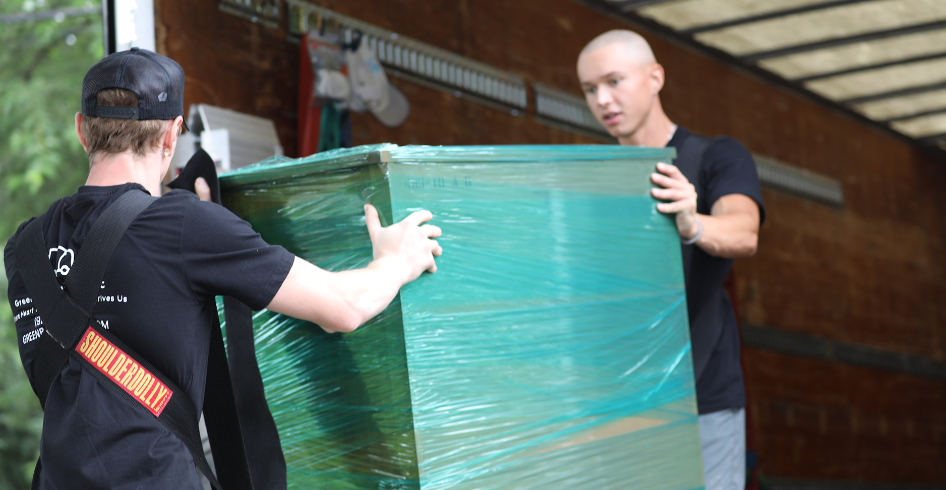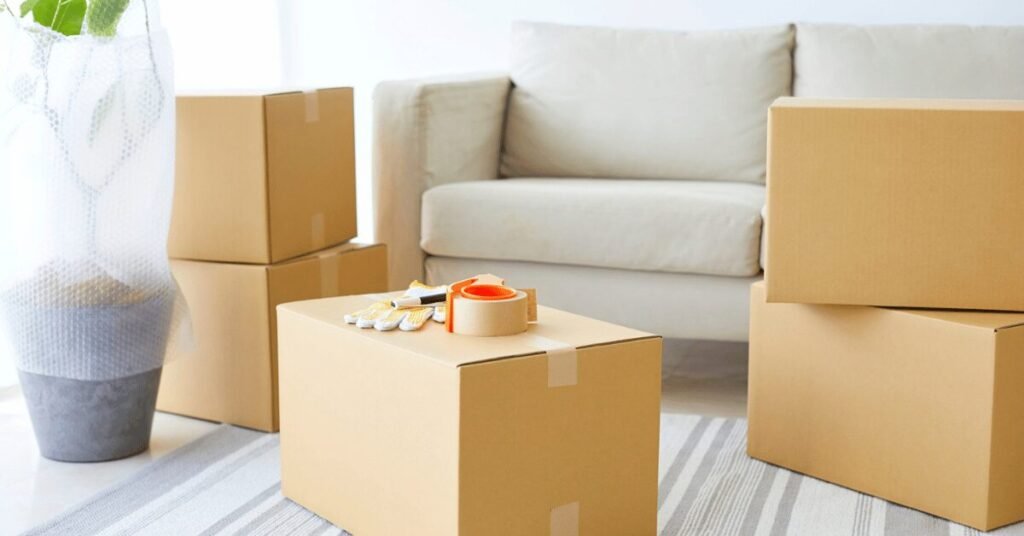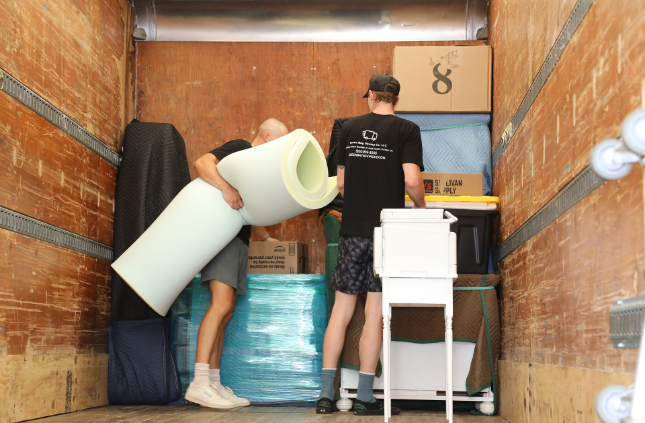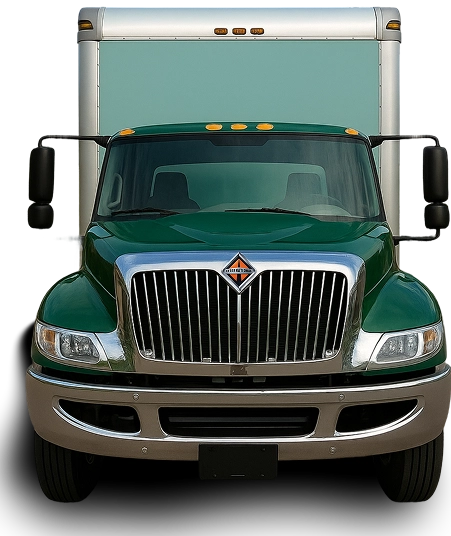Planning a home move can feel overwhelming, but one question comes up every time:how many boxes do you need to move? Having the right amount of boxes for moving makes your upcoming move easier, helps you stay organized, and ensures fragile items are packed safely.
Whether you live in a studio apartment, a one-bedroom apartment, or a four-bedroom house, this guide explains the best way to estimate the number of moving boxes, what types of boxes are best, and how a mover can simplify the moving process for you.
Why Does the Number of Moving Boxes Matter?
When it comes to moving, having the correct number of boxes needed is just as important as booking the right moving company or planning the moving truck size. If you run out of packing boxes on moving day, you’ll scramble for extras. Too many boxes will cost you money and clutter your space.
- Organization improves: Packing room by room becomes much smoother.
- Fragile items stay safe: Choosing the right size box reduces breakage.
- Movers work faster: With clearly labeled boxes, loading is efficient.
- Your move feels easier: The entire moving process stays on schedule.
What Factors Affect How Many Boxes You’ll Need?
Home Size and Number of Rooms
The size of your home plays the largest role. A studio apartment may only require 20–25 moving boxes, while a 4-bedroom home could need more than 100. The number of rooms, closets, and storage areas directly adds to the number of moving boxes needed.
Type of Belongings
Someone with lots of fragile items, dish sets, or collectibles may require specialty moving boxes such as dish barrel boxes or picture boxes. Meanwhile, minimalists who own fewer items like clothes and furniture will need fewer boxes.
Packing Style and Protection
If you use extra bubble wrap and packing paper to protect fragile belongings, you’ll need more medium boxes and large boxes. If you pack tightly, you can get away with fewer boxes but heavier items should always go in small boxes.
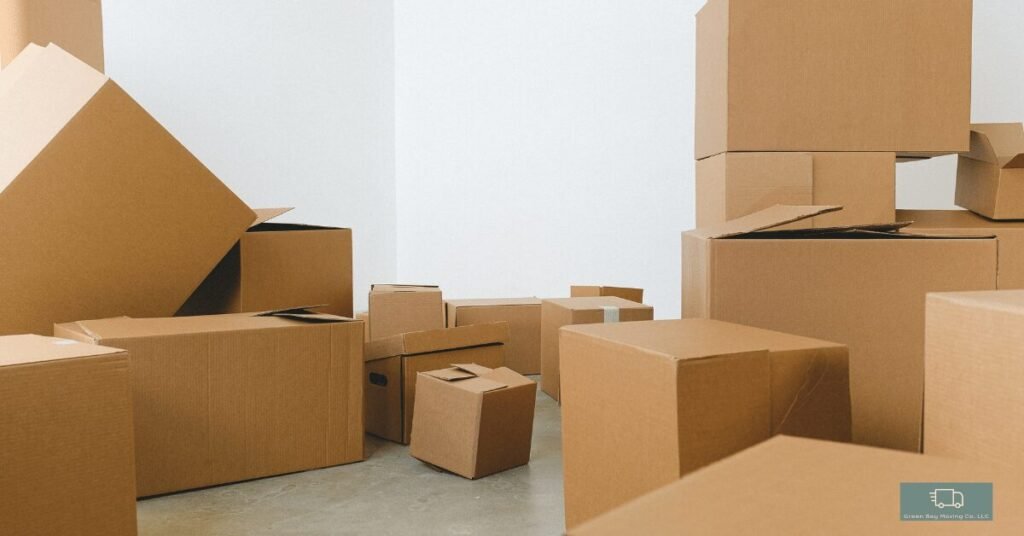
Special Items That Require Specialty Boxes
Wardrobe boxes for clothes for moving, dish barrel boxes for plates, and extra-large boxes for bulky bedding are examples of specialty boxes that prevent damage. Choosing the right size and type reduces risk on moving day.
How many boxes do you need to move by Home Size?
Studio Apartment
- 15–20 small boxes for toiletries and books
- 10–15 medium boxes for electronics and kitchenware
- 5–7 large boxes for pillows, linens, and bulkier items
One-Bedroom Apartment (600–800 sq. ft.)
- 20–25 small boxes
- 15–20 medium boxes
- 8–10 large boxes
Two-Bedroom Apartment or Home (800–1200 sq. ft.)
- 25–30 small boxes
- 20–25 medium boxes
- 10–15 large boxes
Three-Bedroom Home (1200–1800 sq. ft.)
- 30–40 small boxes
- 25–30 medium boxes
- 15–20 large boxes
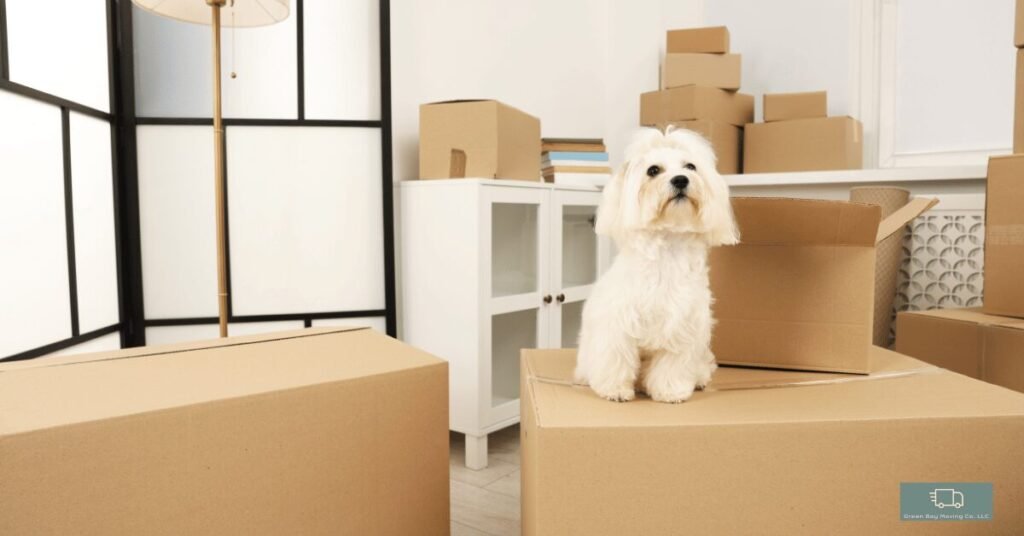
Four-Bedroom Home (1800–2500+ sq. ft.)
- 40–50 small boxes
- 30–40 medium boxes
- 20–25 large or extra-large boxes
These numbers are a way to estimate the number of moving boxes required, but the exact amount of boxes depends on the size of your home and the types of boxes you choose.
What Types of Boxes Are Best for Moving?
Not all cardboard boxes are made the same. Choosing the right sizes and types of boxes is key:
- Small boxes: Perfect for heavier items like books or canned food.
- Medium boxes: Best for kitchen items, decor, and fragile items with bubble wrap.
- Large boxes: Used for lighter, bulkier items like clothes and linens.
- Wardrobe box: Keeps clothes for moving wrinkle-free.
- Dish barrel boxes: Protects kitchenware and fragile glassware.
- Picture boxes: Protect framed photos and mirrors.
- Specialty box options: For unique or oversized belongings.
The right size and type of box ensures that each box will hold the proper weight without breaking.
How Many Packing Boxes Do I Need for a Studio Apartment?
If you live in a studio apartment, you’ll need fewer boxes. On average:
- 25–30 packing boxes in total.
- 15–20 small boxes for heavier items.
- A few medium and large boxes depending on the square footage of your home.
Adding 2–3 wardrobe boxes and one specialty box for fragile items ensures protection.
How Many Boxes Do I Need for a One-Bedroom Apartment?
A one-bedroom apartment usually requires 45–55 boxes in total. You’ll need to pack:
- 20–25 small boxes.
- 15–20 medium boxes.
- 8–10 large boxes or extra-large boxes.
Label boxes clearly and use packing paper for fragile items. When you calculate the number of boxes, always keep extras since closets and storage add hidden belongings.
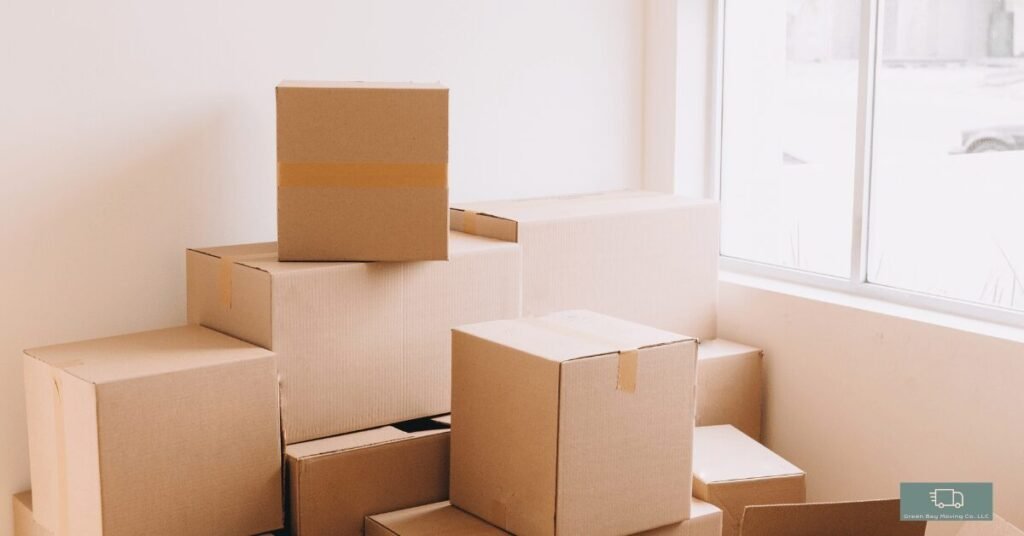
How Many Boxes Are Needed for a Two-Bedroom Apartment?
For a two-bedroom apartment, you’re going to need between 55–70 boxes. That includes:
- 25–30 small boxes.
- 20–25 medium boxes.
- 10–15 large boxes.
Specialty moving boxes like dish barrel boxes or wardrobe boxes are best for fragile items and clothes for moving.
How Many Moving Boxes Do I Need for Larger Homes?
Three- and four-bedroom homes require the highest number of moving boxes you’ll need.
- 3-bedroom: Around 70–90 boxes needed.
- 4-bedroom: Around 100–120 boxes required.
Estimate how many packing boxes you’ll need by considering square footage of your home and the number of rooms. Larger boxes and specialty moving boxes are often required.
What’s the Best Way to Estimate How Many Boxes You’ll Need?
The best way to estimate how many packing boxes you’ll need is to use this formula:
- Boxes per room: On average, 10–15 per room.
- Home size: Calculate based on square footage of your home.
- Specialty needs: Add dish barrel boxes, wardrobe boxes, or picture boxes for fragile items.
- Add extras: Keep 10–15% more boxes than your estimate to avoid running out.
This method is a reliable way to estimate the number of moving boxes needed for your move-based plan.
How Can a Mover Simplify the Moving Process?
A professional mover doesn’t just supply a moving truck; they help with packing, cleaning, repair, and installation services. Movers can:
- Provide all the boxes for moving, including specialty box options.
- Handle fragile items like antiques or electronics with bubble wrap and packing paper.
- Clearly label each box for easier unpacking.
- Make your move more efficient by determining the number of moving boxes needed.
When you hire professional movers, you reduce stress and ensure the right types of boxes you need are used.
Final Thoughts
Figuring out how many moving boxes you’ll need is about preparation, not guesswork. Whether you’re moving from a studio apartment, a one-bedroom apartment, or a large home, calculating how many boxes saves time and money. From small boxes to specialty moving boxes, the sizes and types of boxes you choose will protect your belongings and make your move smoother.
If you want to make your move stress-free, hire professional movers who can handle packing, cleaning, repair, and installation while ensuring you have the right amount of boxes needed.











